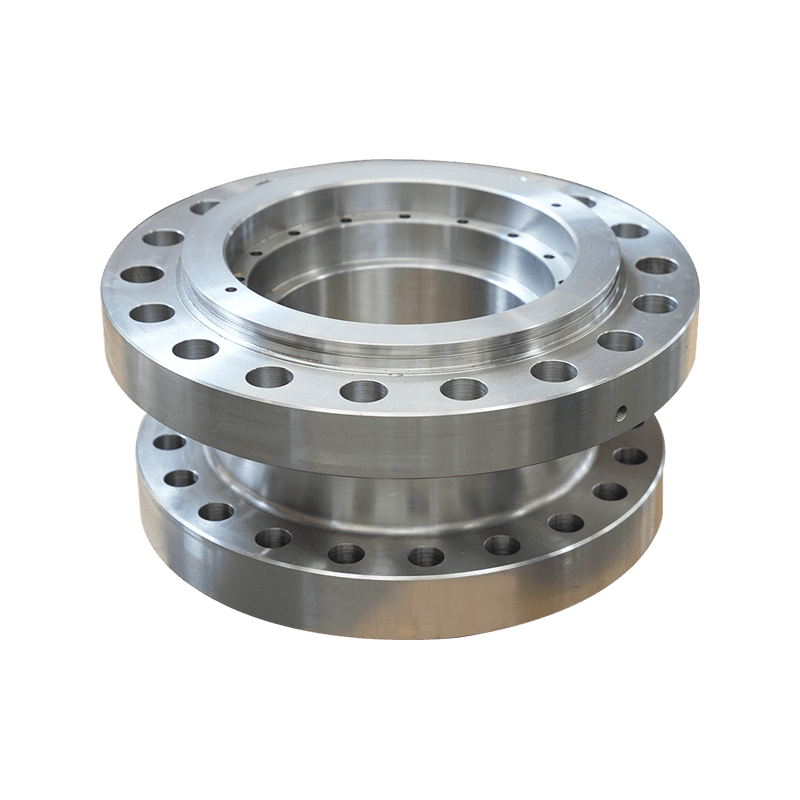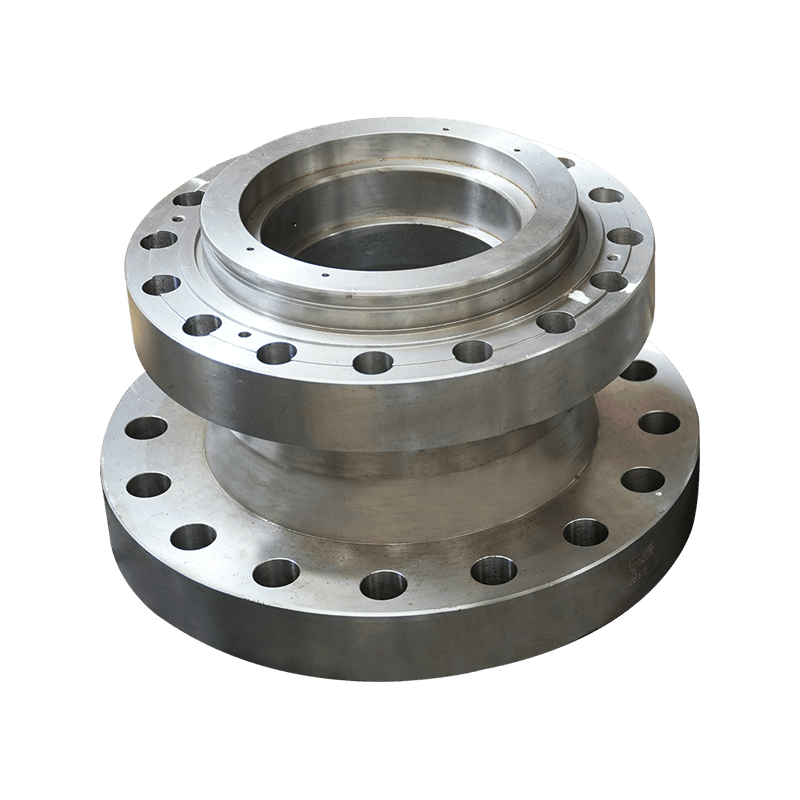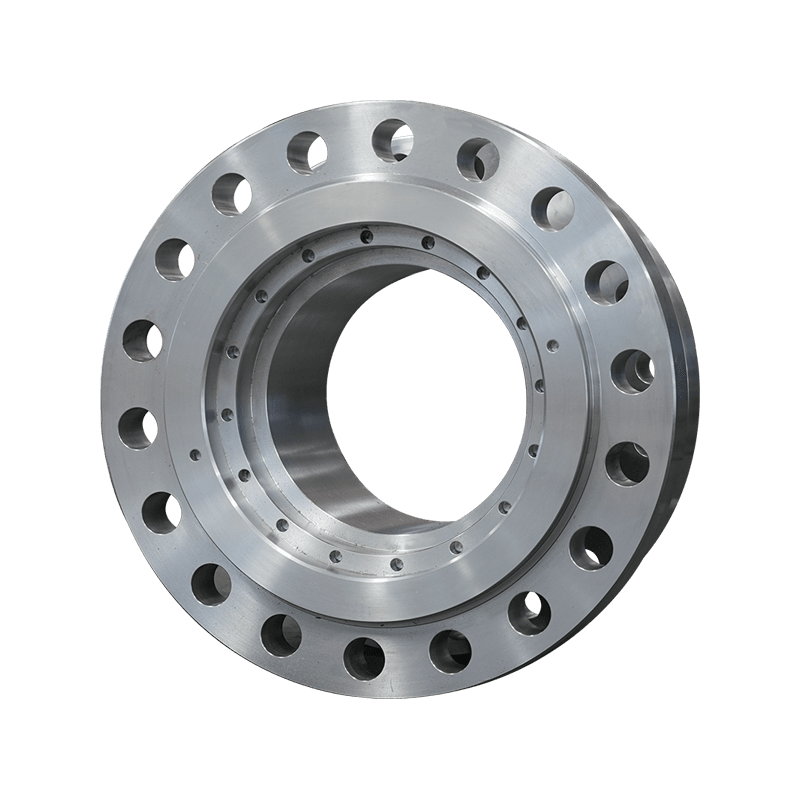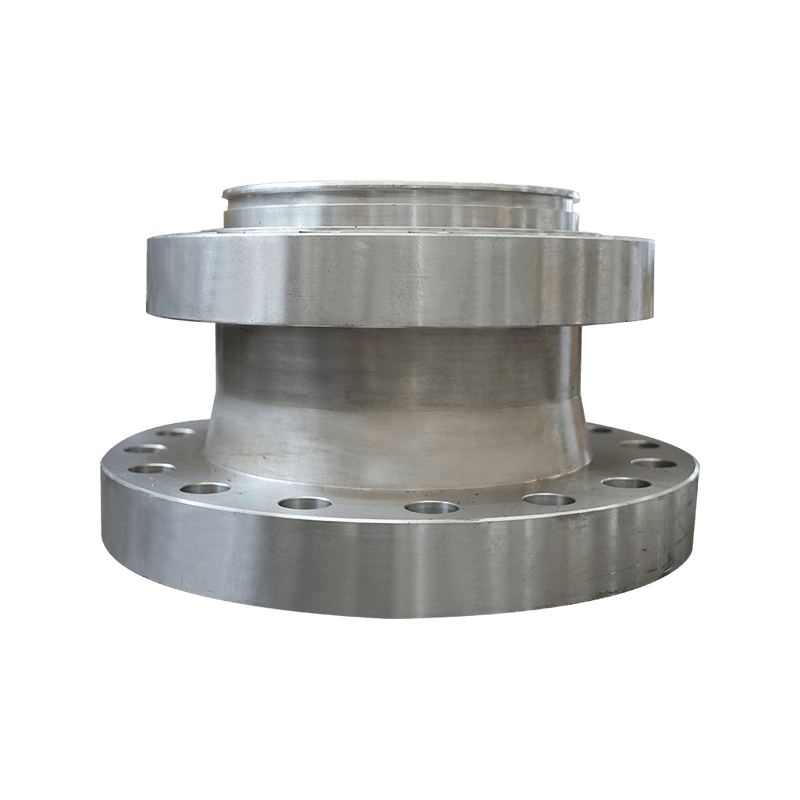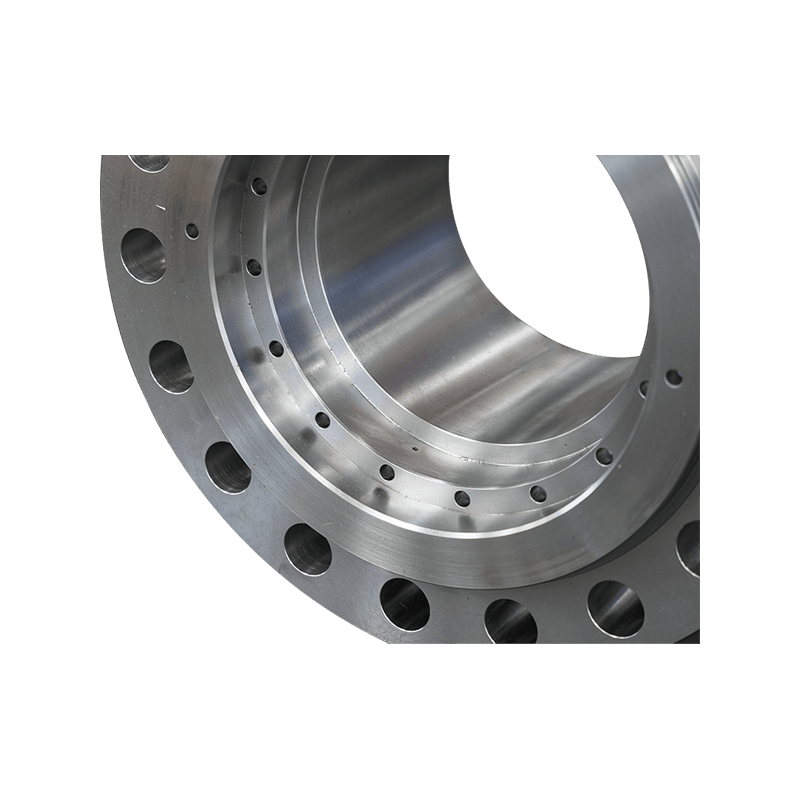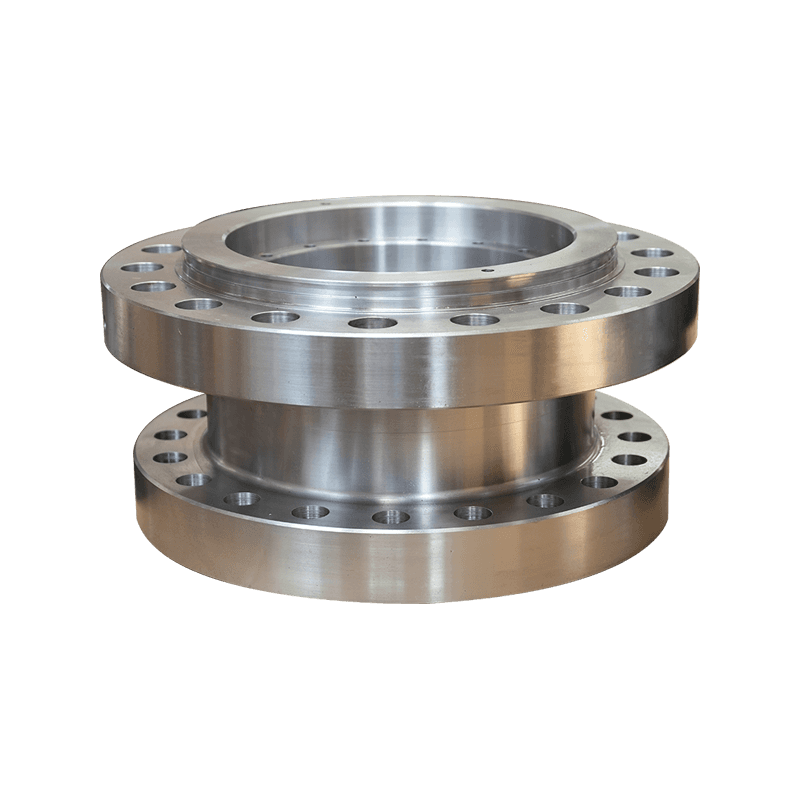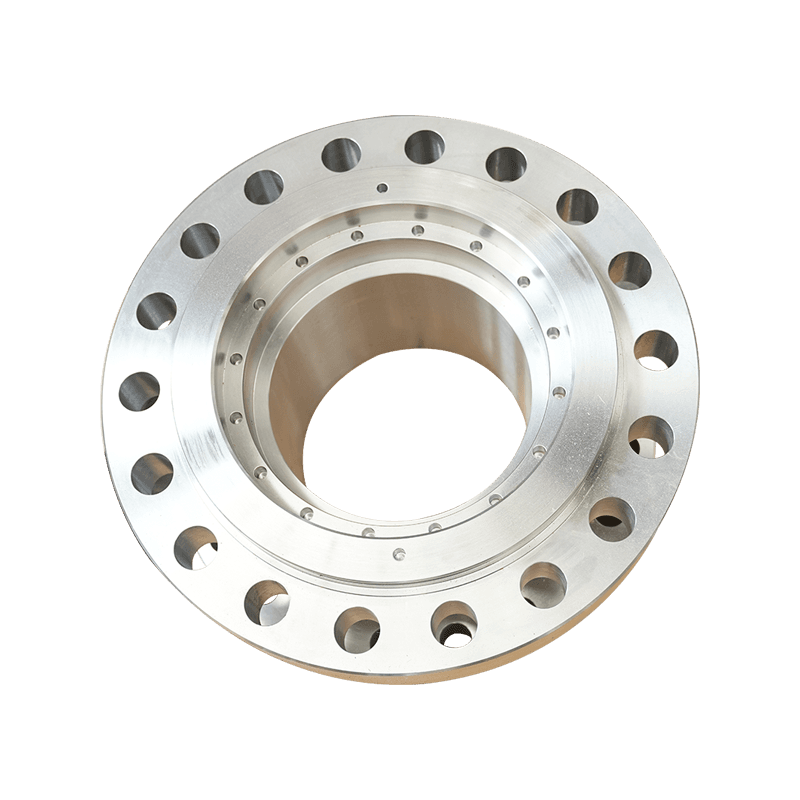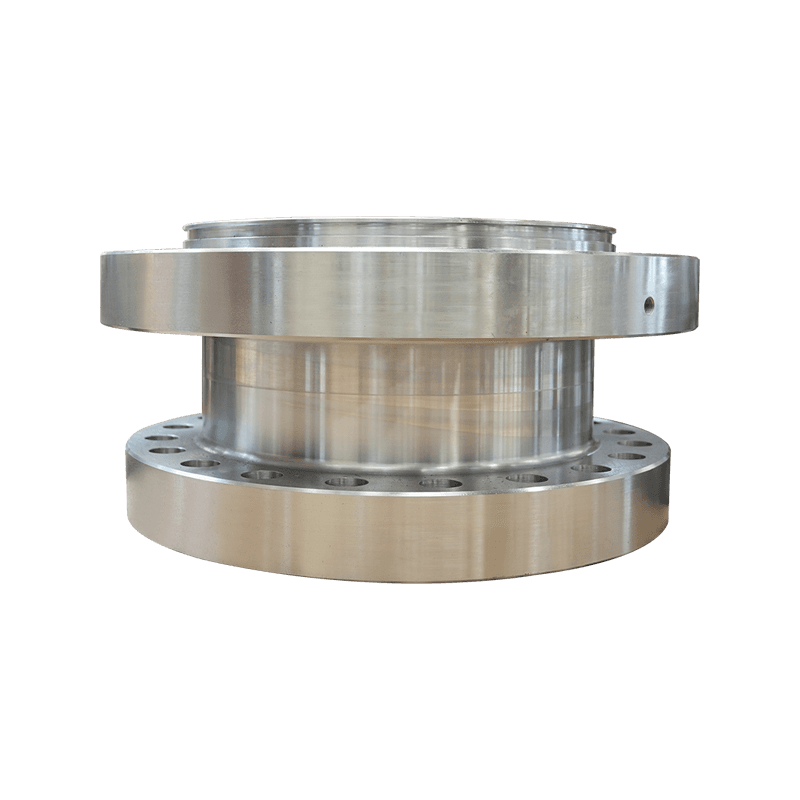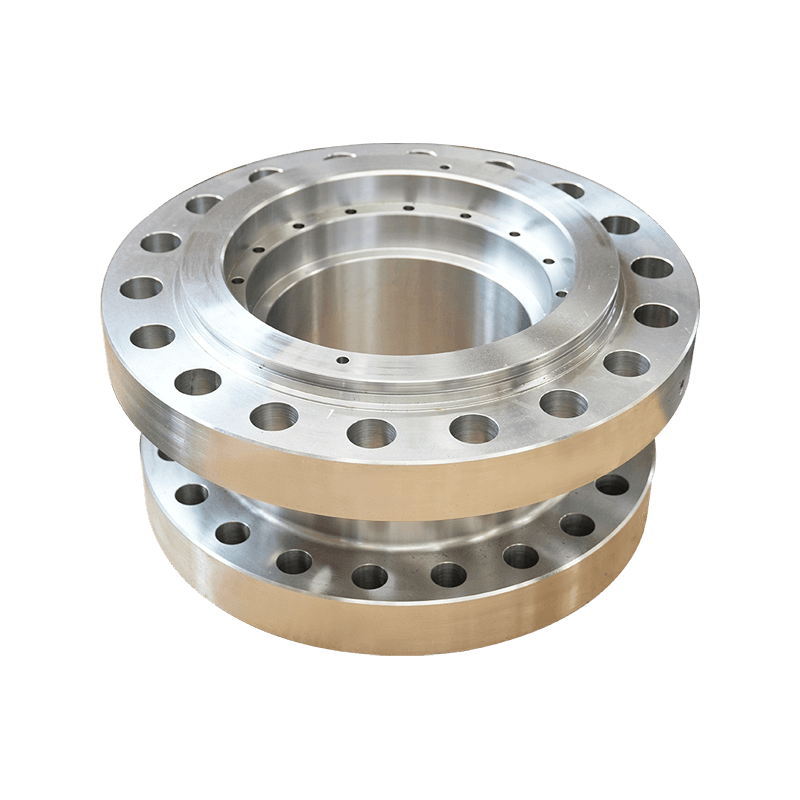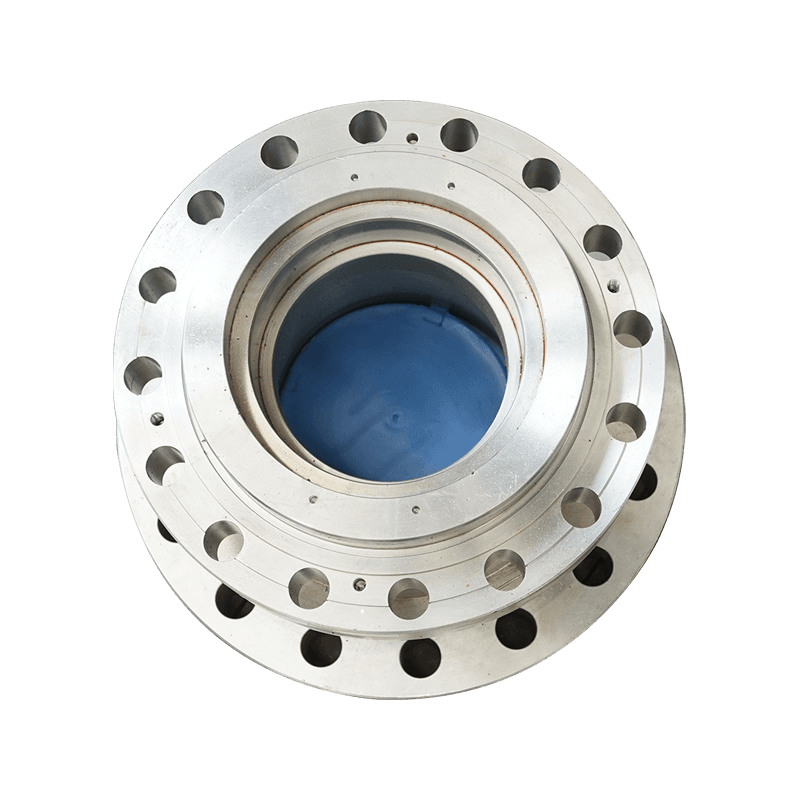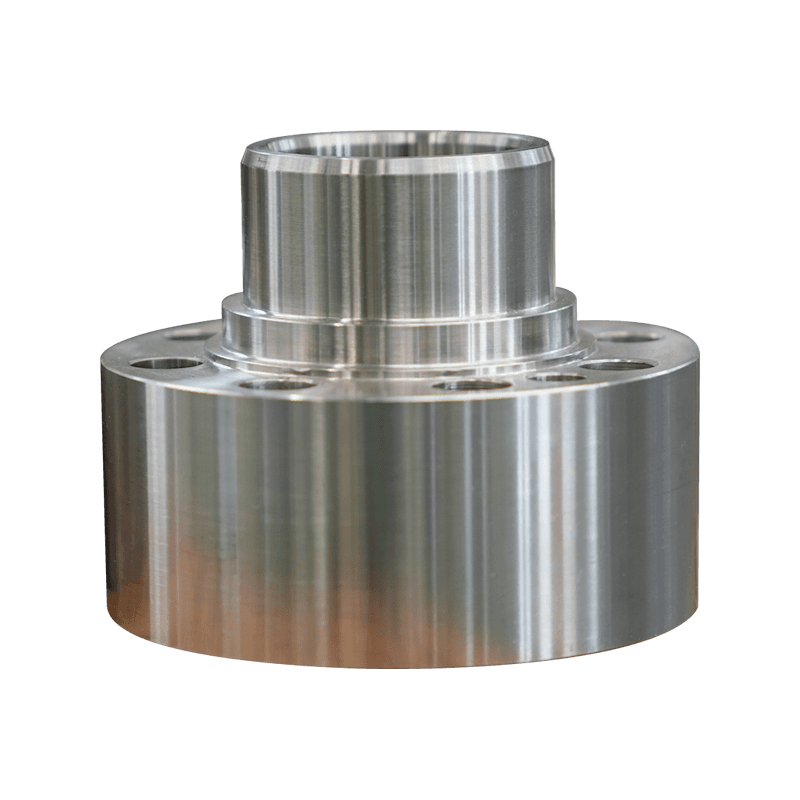Industry knowledge
What are the key machining processes involved in producing valve components?
Turning: Turning is a machining process used to create cylindrical parts by rotating a workpiece against a cutting tool. In valve manufacturing, turning is commonly used to produce the main body or housing of the valve, as well as cylindrical components such as stems and shafts.
Milling: Milling is a machining process that utilizes rotary cutters to remove material from a workpiece. It is used to create complex shapes, slots, and holes in valve components. Milling is often employed in producing valve bodies, flanges, and other intricate features.
Drilling: Drilling is a machining operation used to create holes in a workpiece. In valve manufacturing, drilling is essential for creating holes for bolts, fasteners, and fluid passages. Precision drilling ensures proper alignment and functionality of the valve assembly.
Grinding: Grinding is a machining process that uses abrasive particles to remove material from the surface of a workpiece. It is used to achieve tight tolerances, surface finish requirements, and dimensional accuracy in
valve components. Grinding may be employed to refine sealing surfaces, stems, and other critical features.
Boring: Boring is a machining operation used to enlarge existing holes or create internal cylindrical features with high precision. In valve production, boring is utilized for machining valve seats, bores, and other internal surfaces to ensure proper sealing and functionality.
Honing: Honing is a precision machining process used to improve the surface finish and dimensional accuracy of bores or cylindrical surfaces. It is commonly employed in valve manufacturing to achieve tight tolerances and smooth surfaces on sealing areas and mating components.
Thread cutting: Thread cutting is a machining process used to create external or internal threads on
Steel Valve Parts such as stems, bonnets, and connection points. Accurate threading ensures proper assembly and sealing of threaded connections within the valve system.
Surface finish analysis is a critical aspect of quality control in the production of machined valve parts
Surface roughness measurement: Surface roughness refers to the finely spaced surface irregularities that are left behind after machining operations. These irregularities can affect the performance, functionality, and appearance of machined valve parts. Surface roughness measurement is typically performed using instruments such as profilometers or surface roughness testers. These instruments quantify the roughness parameters, such as Ra (average roughness), Rz (average maximum height), Rq (root mean square roughness), and Rt (total roughness), providing valuable data for evaluating and controlling the surface finish of machined valve parts.
Evaluation of sealing surfaces: Sealing surfaces play a crucial role in the performance of valves, ensuring leak-tight operation and reliable fluid containment. Surface finish analysis is essential for evaluating the quality of sealing surfaces, such as valve seats and sealing faces. The surface finish of these critical areas must meet specific requirements to ensure proper sealing and prevent leakage under operating conditions. Surface roughness measurements and visual inspection are commonly used to assess the quality of sealing surfaces and identify any defects or irregularities that may compromise the sealing performance of machined valve parts.
Optimization of machining processes: Surface finish analysis provides valuable feedback for optimizing machining processes to achieve the desired surface quality and dimensional accuracy of machined valve parts. By monitoring surface roughness and other surface characteristics, manufacturers can adjust machining parameters, tool selection, cutting speeds, feeds, and tool geometries to improve surface finish and minimize surface defects. This iterative process of optimization helps to enhance the overall quality and consistency of machined valve components while reducing manufacturing costs and cycle times.
Compliance with industry standards and specifications: Surface finish requirements for machined valve parts are often specified by industry standards, customer specifications, or regulatory requirements. Surface finish analysis ensures that machined valve parts meet these specified standards and comply with the necessary quality criteria. By verifying surface finish parameters against the specified tolerances and acceptance criteria, manufacturers can ensure that machined valve parts meet the performance, reliability, and safety requirements for their intended applications.
Enhanced performance and durability: Proper surface finish analysis and control contribute to the enhanced performance, functionality, and durability of machined valve parts. By achieving the specified surface finish requirements,
Valve Components Machining Services exhibit improved sealing properties, reduced friction, and wear resistance, resulting in longer service life, reduced maintenance requirements, and enhanced reliability in various industrial applications.

 English
English русский
русский






